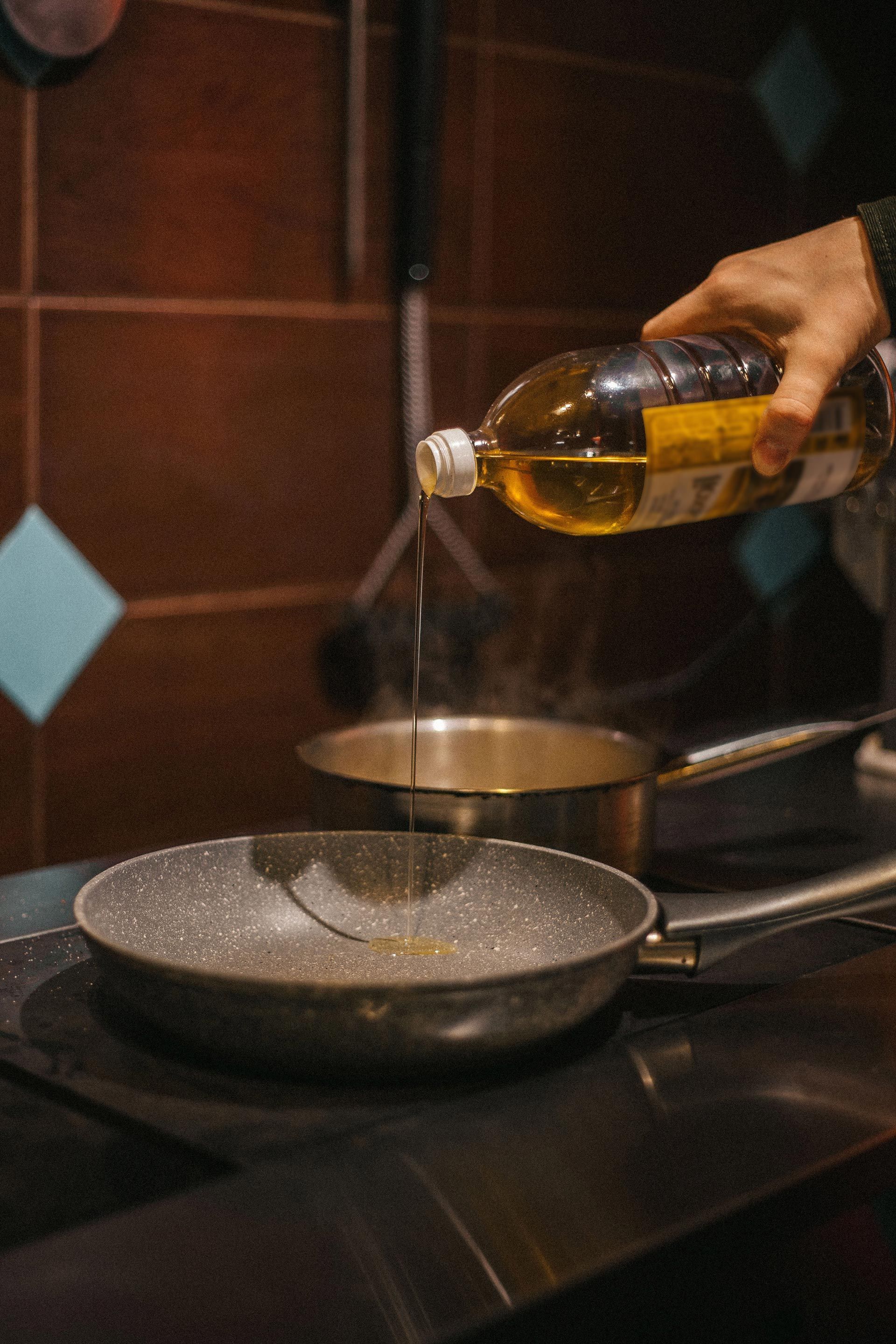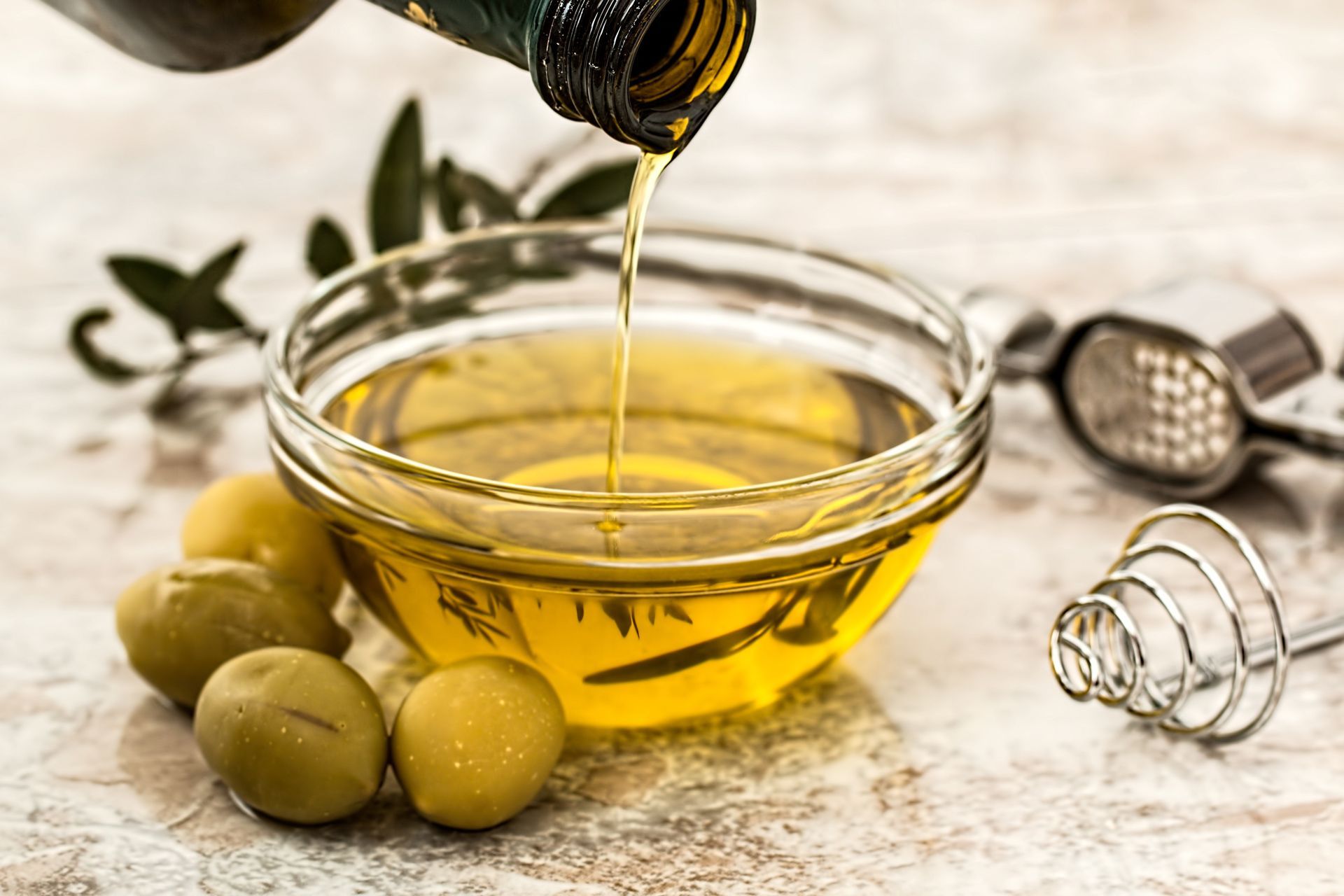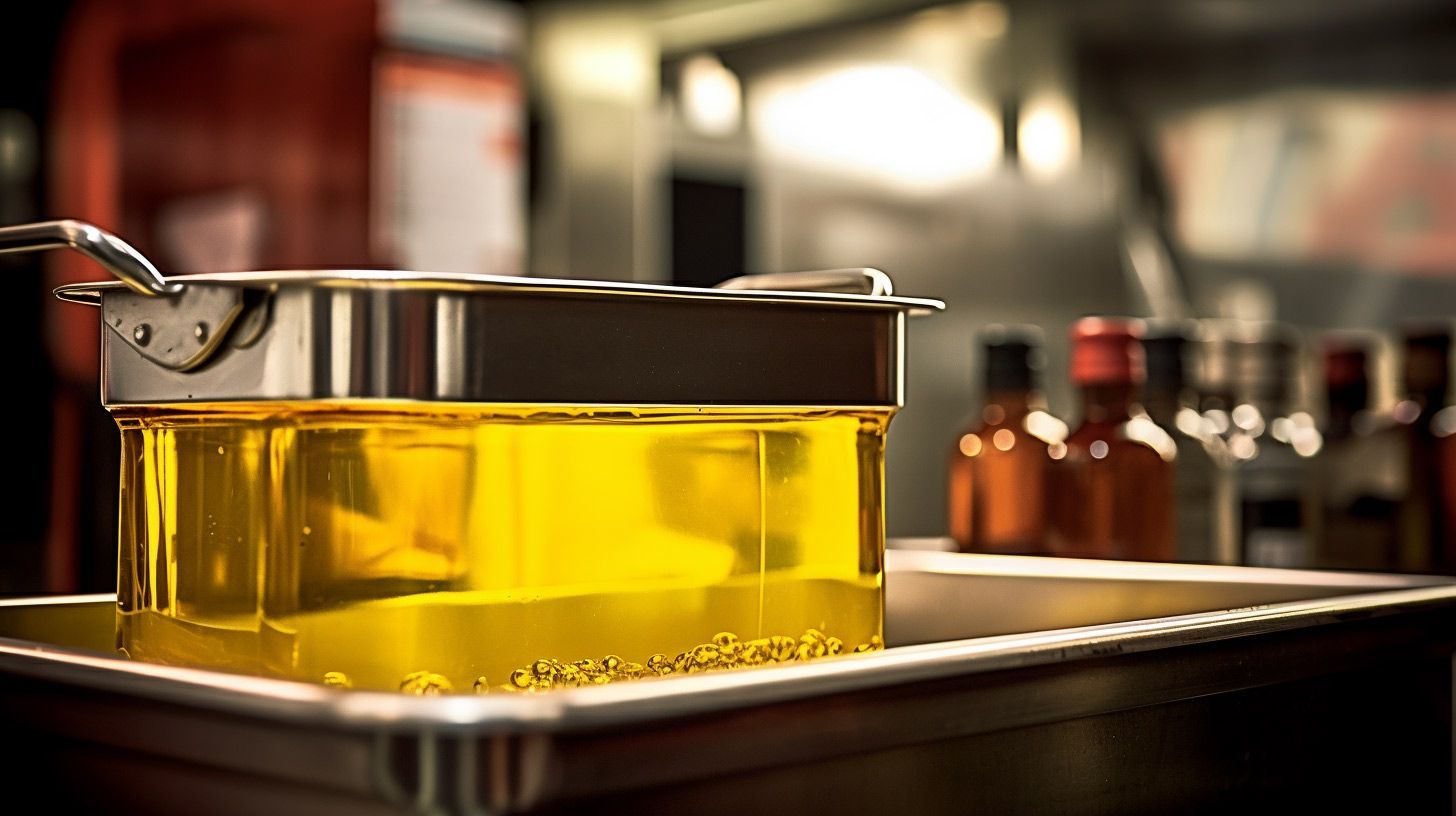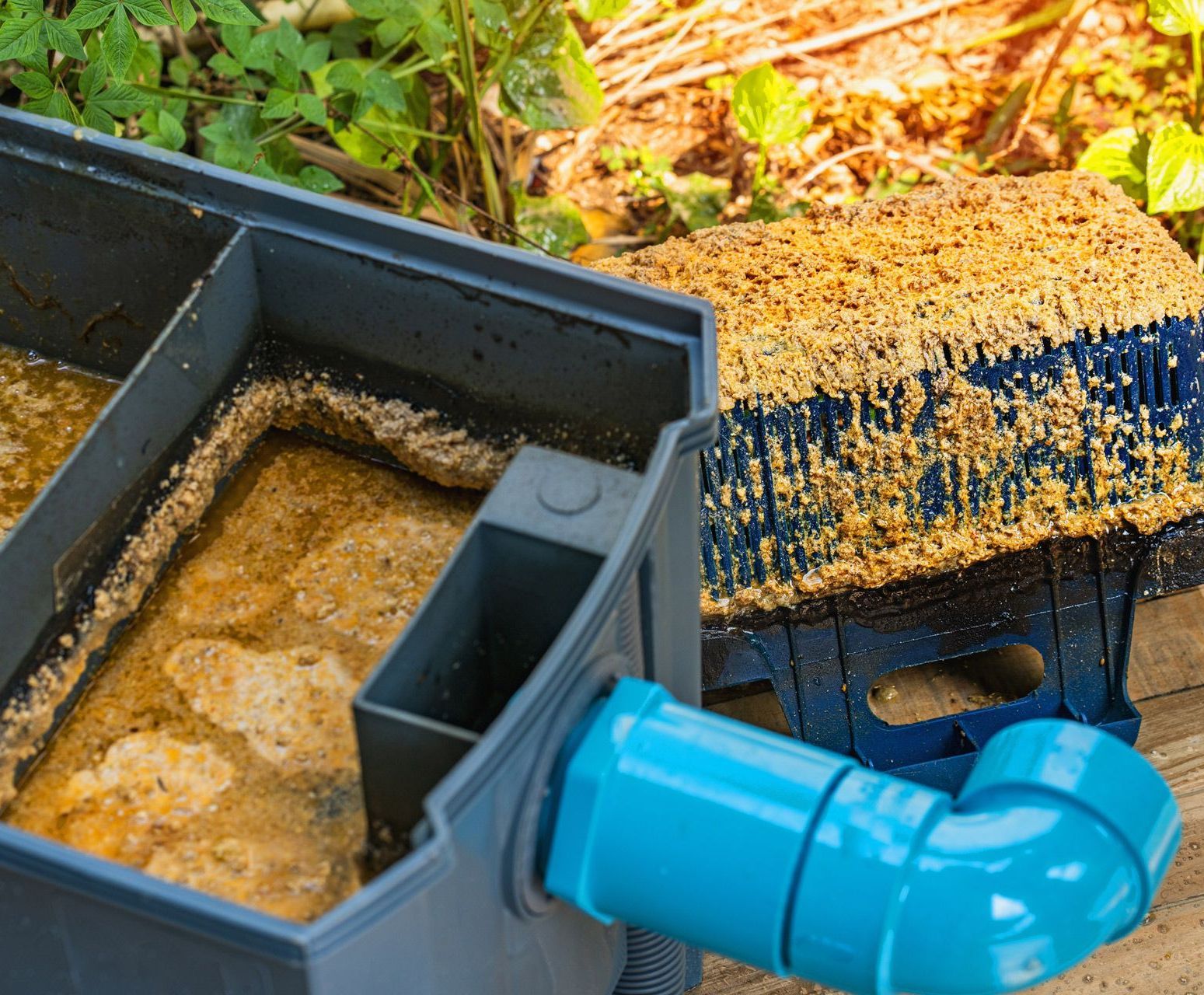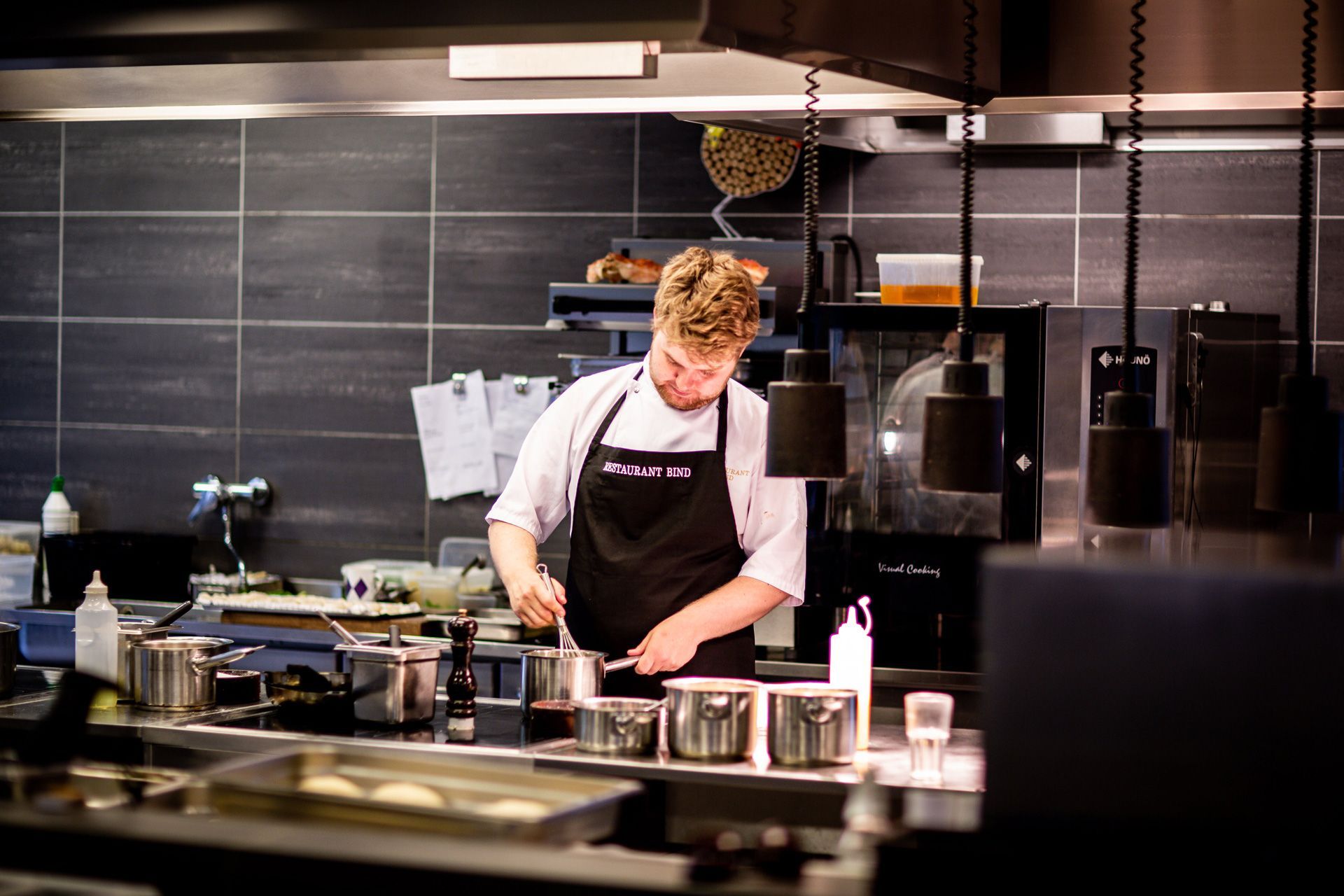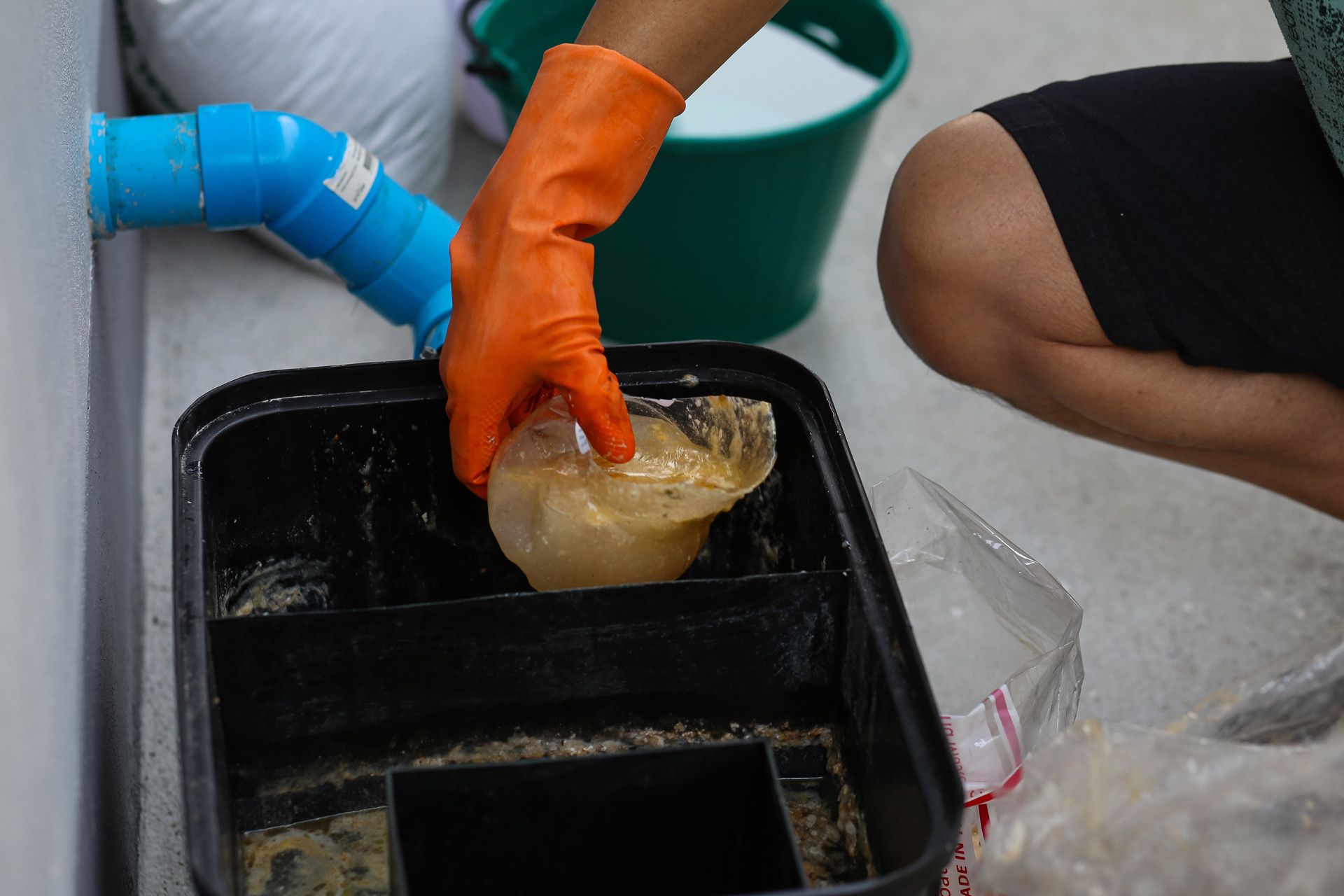How to Clean Grease Traps: Methods for Idaho Businesses

If you own a restaurant or café in Idaho, keeping your grease trap clean is crucial. A well-maintained grease trap prevents plumbing issues and keeps you in line with health regulations. This guide covers three main cleaning methods: skimming, pumping, and enzymatic treatment. We'll explore each method, focusing on what works best for Idaho's specific conditions and rules.
Get ready to learn how to tackle grease trap cleaning effectively and keep your business running smoothly.
Skimming
Skimming is a straightforward and common method for cleaning grease traps, especially useful for Idaho businesses with smaller setups. Here’s how it works:
- Method Overview: Skimming involves manually removing the top layer of fats, oils, and greases (FOG) that float to the surface of the grease trap.
- Process Steps:
- Open the grease trap lid.
- Use a skimmer or a small bucket to carefully scoop out the accumulated grease.
- Dispose of the removed grease according to local Idaho waste management regulations.
- Frequency: Regular skimming, about once a week, is recommended to prevent the build-up from becoming too thick, which can lead to clogs and odors.
- Who Can Do It: This task can be handled in-house if you have trained staff, or it can be managed by professional services that ensure proper disposal.
Advantages:
- Cost-effective since it doesn’t require specialized equipment.
- Immediate results, improving the efficiency of your grease trap right away.
Limitations:
- Only removes the surface layer, not the entire depth of accumulated grease.
- Frequent maintenance is needed to keep the trap functioning properly.
For Idaho businesses, regular skimming is crucial because it helps avoid the more extensive issues that can trigger health inspections and potential fines. It’s a simple but effective routine that keeps your kitchen compliant and operational.
Pumping
Pumping is a more thorough method for cleaning grease traps, ideal for Idaho businesses that experience heavy kitchen use. Here's what you need to know about this method:
- Method Overview: Pumping involves removing all the contents of the grease trap, not just the fats and oils at the surface. This method cleans the trap comprehensively.
- Process Steps:A professional service technician will inspect the grease trap.
- Using a pump truck, all the liquids and solids are vacuumed out of the trap.
- The grease trap is then inspected for any damages and cleaned before being put back into use.
- The waste collected is transported and disposed of following Idaho’s environmental regulations.
- Frequency: Typically, pumping should be done quarterly, but the exact frequency can vary based on the volume of your kitchen’s waste output.
Advantages
- Provides a deep clean, ensuring your grease trap works efficiently for longer periods.
- Reduces the likelihood of clogs and back-ups in your plumbing system.
- Usually includes an inspection that can catch potential issues early.
Limitations
- More expensive than skimming due to the equipment and expertise required.
- Requires scheduling with professional services, which might not be available on immediate notice.
For Idaho businesses, especially in busier locations like Boise or Idaho Falls, regular pumping is a crucial investment. It not only ensures compliance with local health codes but also prevents the more significant expenses associated with emergency plumbing repairs. Choosing a reputable local service that understands the specific legal and environmental standards of Idaho is key.
Enzymatic Treatment
Enzymatic treatment offers a biological approach to maintaining grease traps, particularly effective for long-term management. This method uses natural enzymes and bacteria to break down fats, oils, and greases into water and carbon dioxide. Here’s how it works for Idaho businesses:
- Method Overview: Enzymatic treatments involve adding a specific blend of enzymes and bacteria directly into the grease trap. These organisms naturally digest the grease and prevent it from solidifying.
- Process Steps:
- Choose the right enzymatic product suited for your specific grease trap size and usage.
- Following the manufacturer’s instructions, add the treatment directly to the grease trap regularly.
- Monitor the grease trap to ensure the enzymes are effective, adjusting treatment frequency as needed.
- Frequency: Enzymatic treatments are typically added monthly, but based on the usage and effectiveness, the frequency might be adjusted.
Advantages
- Environmentally friendly, using natural processes to manage waste.
- Helps reduce odors and the frequency of mechanical cleanings needed.
- Continuously works on breaking down grease, preventing build-up.
Limitations
- Not a stand-alone solution in high-volume kitchens; often used in conjunction with other methods like skimming or pumping.
- Initial effectiveness can vary, requiring adjustments to dosages or treatment schedules.
For businesses across Idaho, from the bustling tourist spots in Sun Valley to the industrial kitchens in Twin Falls, enzymatic treatment is a practical addition to grease management strategies. It aligns well with Idaho’s environmental conservation efforts, offering a sustainable option for grease disposal.
Best Practices for Grease Trap Maintenance
Maintaining a grease trap efficiently is essential for any Idaho business with a kitchen. Here are some best practices to ensure your grease trap functions effectively and complies with local regulations:
- Regular Maintenance: Establish a routine cleaning schedule based on the volume of your kitchen’s waste output. This prevents severe build-ups and helps avoid costly emergencies.
- Proper Disposal: Always adhere to Idaho’s waste management regulations when disposing of grease. This not only protects the environment but also ensures your business stays compliant with local laws.
- Professional Services: Consider hiring professional grease trap cleaning services, especially for pumping. They are equipped with the necessary tools and knowledge of Idaho regulations to properly maintain your system.
- Inspection and Repair: Regularly inspect your grease trap for signs of wear or damage. Prompt repairs can prevent bigger issues down the line.
- Employee Training: Train your staff on the importance of grease management and proper waste disposal techniques. Educated employees are key to preventing grease-related problems.
- Routine Monitoring:
Keep records of all maintenance activities. This documentation can be helpful during health inspections and when assessing your maintenance strategies.
Following these practices will help ensure that your grease trap remains effective and that your business operates smoothly, avoiding interruptions and potential fines from regulatory bodies.
Conclusion
Keeping your grease trap clean isn't just a regulatory requirement—it's a critical part of maintaining a safe and efficient kitchen in Idaho. By employing methods like skimming, pumping, and enzymatic treatment, you can ensure that your system operates effectively, minimizing risks of clogs and unpleasant odors. Implementing best practices for maintenance and relying on professional services when necessary will also help your business comply with local health and environmental standards.
Ready for Expert Grease Trap Services?
Keep your kitchen compliant and efficient with Eco of Idaho, your trusted partner in grease management. Whether you need grease trap cleaning, cooking oil collection, grease trap pumping, or bulk waste water transport, we've got you covered. Serving areas including Boise, Idaho Falls, and even Le Grande, Oregon, we're here to ensure your operations run smoothly. Don't wait for an emergency—contact Eco of Idaho today and let us handle the dirty work while you focus on what you do best: running your business!
Send us a Message
We will get back to you as soon as possible
Please try again later
Contact Information
Phone: (208) 867-4607
Email: info@ecoofidaho.com
Address: 1990 S Cole Rd, Boise, ID 83709, United States of America


